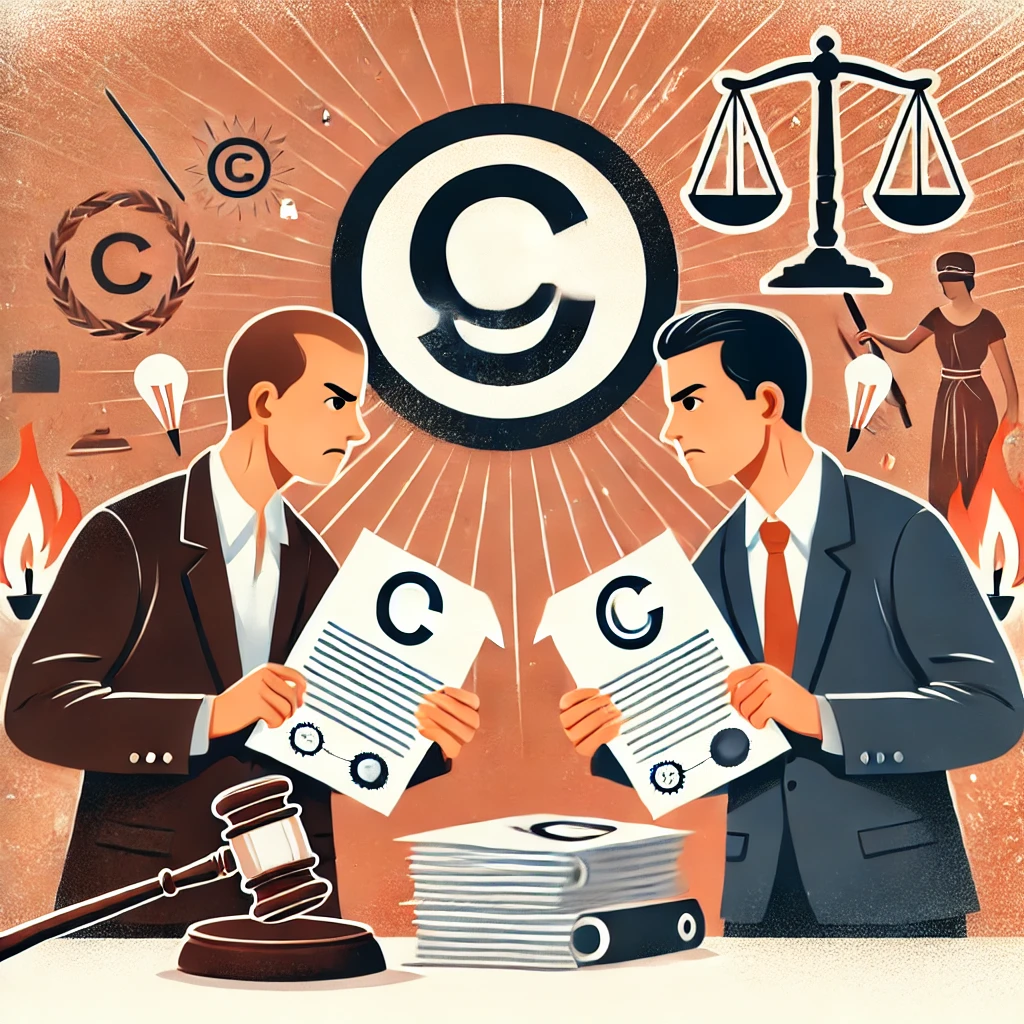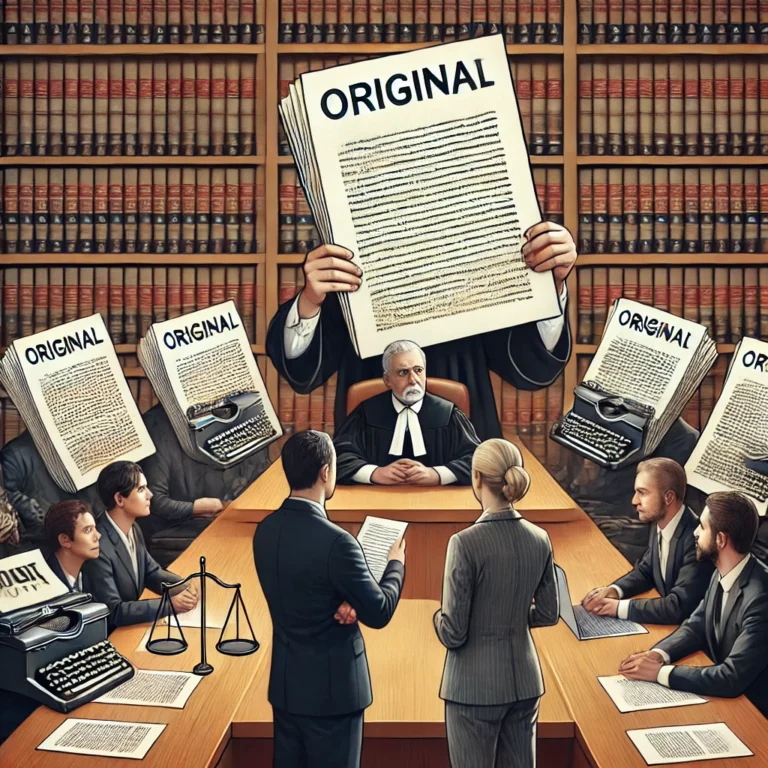Call us now:
Here are some examples of copyright disputes. Copyright disputes often arise when there is a conflict between parties regarding the ownership of a work.

Example of a copyright dispute over a literary work
Mr. A is a famous writer who has completed a novel. After finishing the manuscript, he signs a contract with Publisher X to publish the novel. However, before the book is released, Mr. B—another author—accuses Mr. A of copyright infringement, claiming that parts of the novel are similar to a work Mr. B had written and published earlier. Mr. B demands that Mr. A and Publisher X stop the publication and compensate for damages.
In this case, the dispute revolves around determining the copyright ownership of the novel’s content. The court would examine factors such as the degree of similarity between the two works, the publication dates of each work, and whether any act of copying took place.
Example of a copyright dispute over a song
Singer C is a well-known singer-songwriter who writes a new song titled “Winter Heart” and releases it on various online music platforms. The song quickly becomes popular, garnering millions of listens.
Later, musician D, another figure in the music industry, accuses Singer C of copying the main melody of a song that D composed years ago but had not widely released. Musician D claims that Singer C heard the song during an informal music gathering and later used the melody without permission.
Musician D demands that Singer C stop distributing the song and compensate for the damages. Singer C denies the allegations, asserting that the song was entirely their original creation.
Example of a copyright dispute over an image
Photographer E is a renowned freelance artist known for his stunning landscape photos. He took a very popular photograph of a mountain at sunset and posted it on his personal website and social media platforms. The photo received widespread praise and was widely shared across the internet.
Later, Photographer E discovered that Advertising Company F used his photograph in a major advertising campaign for a well-known brand without permission or paying royalties. His photo appeared on billboards, flyers, and other media without any credit given to him.
Photographer E decided to sue Advertising Company F for copyright infringement. He demanded that the company stop using the photo, compensate for the unauthorized use, and issue a public apology for violating his copyright.
Example of a copyright dispute over a fine art work
Artist G is a famous painter with a unique style, and his painting “Sunrise over the Sea” has been exhibited in many prestigious art galleries. The painting attracted significant attention from the public and collectors, and it was eventually sold for a high price to a private collector.
Later, Artist G discovered that Decoration Company H, a business specializing in producing and selling home décor products, had used the image of his painting “Sunrise over the Sea” without permission. The company printed the image on products such as canvas prints, posters, and even home furnishings like pillows and curtains. These products were widely sold on various e-commerce platforms and in the company’s physical stores.
Artist G believed that his copyright had been seriously infringed and decided to sue Decoration Company H. He demanded that the company cease producing and selling products featuring the image of his painting, compensate him for damages, and publicly apologize for using his work without permission.
Example of a copyright dispute over a textbook
Professor H, a leading expert in economics, spent many years researching and compiling a textbook titled “Modern Economics.” This textbook was officially used as study material for students at various universities across the country. Professor H registered the copyright for the textbook and received recognition from relevant authorities.
Some time later, Professor H discovered that University X, where he previously taught, had copied content from his textbook “Modern Economics” to create a new textbook titled “Basic Economics” without his permission. The new textbook was used in the university’s curriculum and sold to students at a high price. Although there were minor changes in layout and presentation, most of the content, theories, and exercises were based on Professor H’s work.
Professor H decided to sue University X for copyright infringement. He demanded that the university stop distributing the “Basic Economics” textbook, compensate for damages caused by the unauthorized use of his work, and publicly acknowledge the copyright violation.
Contact Us Now:
DCNH LAW
Address: 38B Tran Nhat Duat, Phuoc Hoa ward, Nha Trang city, Khanh Hoa province, Vietnam.
Phone: (+84) 343320223 – 974278893
Email: dcnh.law@gmail.com


